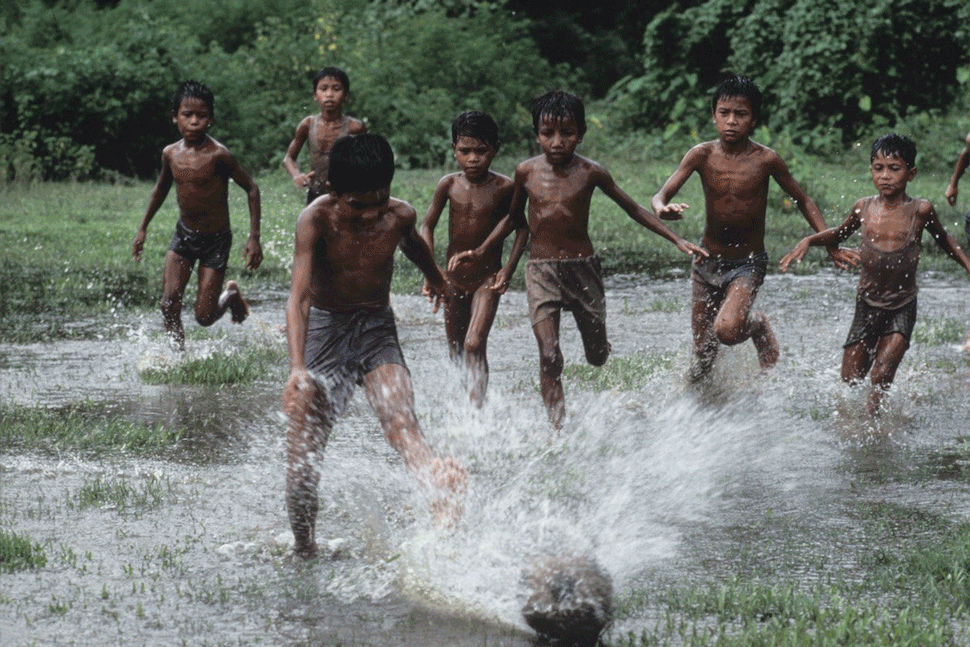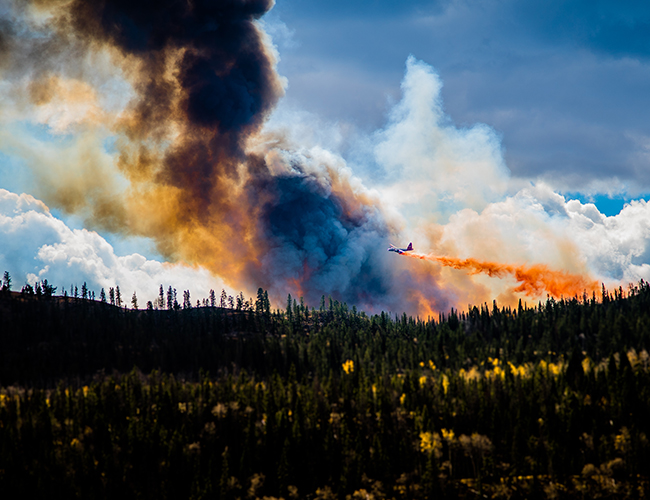Y
ou don’t have to go particularly deep into Instagram to find photos that are, well, kinda fishy. Maybe there’s a crescent Moon hung in the air in a convenient spot with stars sprinkled in an area that should be black — you know, because it should be the rest of the Moon. Or maybe there’s a dramatic, sun-filled valley in an impossibly perfect mountain range with a deer posed dramatically on a cliff about 15 feet from the camera, its head turned just so. Here’s a secret: it probably didn’t happen.
Photo manipulation has been a thing since the medium was born, when carefully wielded scissors and pencils did the work that photo editors — and, increasingly, mobile apps — do almost effortlessly today and with a degree of seamlessness that makes the alterations virtually undetectable. Today you can take a decent photo and make it 10 times better by replacing the sky with something you grabbed off the Internet, dropping in an animal you shot at the zoo; or by scooching elements left or right or up or down to achieve a perfect composition or an astonishing bit of symmetry. People love photos like this; it’s like catnip to the Instagram crowd.
And there’s nothing wrong with that. Unless, of course, you’re not being forthcoming about the work done to the image and you’re in a position where that’s deemed necessary. “The question is whether the person is saying the photos are not manipulated, or whether they’re just not being forthcoming,” says photographer Jared Polin, founder of froknowsphoto.com. “If they say they aren’t manipulations and are caught to be manipulated, then that’s a problem. But when a regular photographer is just editing their photos to make them look cool, you need to ask whether there’s any journalistic integrity needing to be upheld there. Or the standard might be if they do that and someone asks if the photo was manipulated, they say yes, this is the process I went through, etc.”
If you don’t disclose manipulation in your photography, that misleads your audience.
Among photojournalists, photo manipulation — even when disclosed — is frowned upon for good reason. Famed National Geographic photographer Steve McCurry came under fire just a few years ago when it was revealed that he’d manipulated many images by deleting or moving elements. But it’s increasingly becoming a problem among professional photographers on Instagram who make dramatic alterations to their photos without disclosing the fact that they’ve done so. Noted fine-art photographer Peter Lik also came under scrutiny earlier this year when the authenticity of an image he posted for sale was called into question.

In response to a slew of Photoshopping accusations, Steve McCurry has said, “I’m a Visual Storyteller Not a Photojournalist.”
The image — showing an enormous Moon behind a tree-lined cliff — was legitimately mind-blowing but seemed to be an impossible shot, based on the geometry of the image, the scale and the clarity and detail of the two widely disparate elements. “With Lik, if he’s purporting all his stuff is captured in-camera with no manipulation, then he needs to be dragged for that when it’s clearly not,” Polin said. “Of course, it’s up to people to decide whether they want to buy his work, but he is misleading if he’s telling people it’s one thing when it’s something else.”
In my mind, the same rule applied to all photographers, regardless of whether they’re making millions selling prints or simply building an audience on Instagram. If you don’t disclose manipulation in your photography, that misleads your audience. They think something inaccurate about your skill set, your talent or your accomplishments. I see the problem a dozen times a day when sifting through the comments left for certain images and it becomes clear that many followers believe the images were captured in-camera precisely as shown.
It’s one thing to be a creative artist who uses photo-editing software as part of their repertoire. In that world, the best photo manipulators aren’t trying to make things look “real,” as though they were there and captured the scene themselves. They’re making works of art, images that combine photography with digital manipulation and digital creation in order to craft a scene that conveys something. They either disclose this in their work or it is generally understood that they’re artists. Similarly, it’s another thing when the final product is an advertisement of commercial work in which there’s no real expectation of authenticity. There, Photoshop rules the day.

Peter Lik’s “Moonlit Dreams”
When photographers do it in order to generate the most impactful images but they’re claiming to be conventional photographers, on the other hand, they’re being dishonest. Of course, it’s a slippery slope — I’ve flicked out tiny, irksome stop signs from landscape photos, but I’ve never once added elements or combined images in such a way that the final product does not accurately reproduce the scene as I saw it. If I ever did, I would billboard that fact.
How can you tell when an image has been manipulated? It’s hard, but sometimes images just don’t pass the sniff test. Either they feel too good to be true, or there are scientific or practical reasons why they couldn’t have existed in the first place. Think of crescent Moon and the Sun being in the same sky, but with the Moon’s arc facing away from the Sun. (It doesn’t work like that — and yes, for some reason the Moon is often involved in manipulated landscape photos.) In short, if it looks like they spent more time in Photoshop than actually behind the camera, they probably did.
Step one: “fill the frame with interesting shit.” Read the Story



